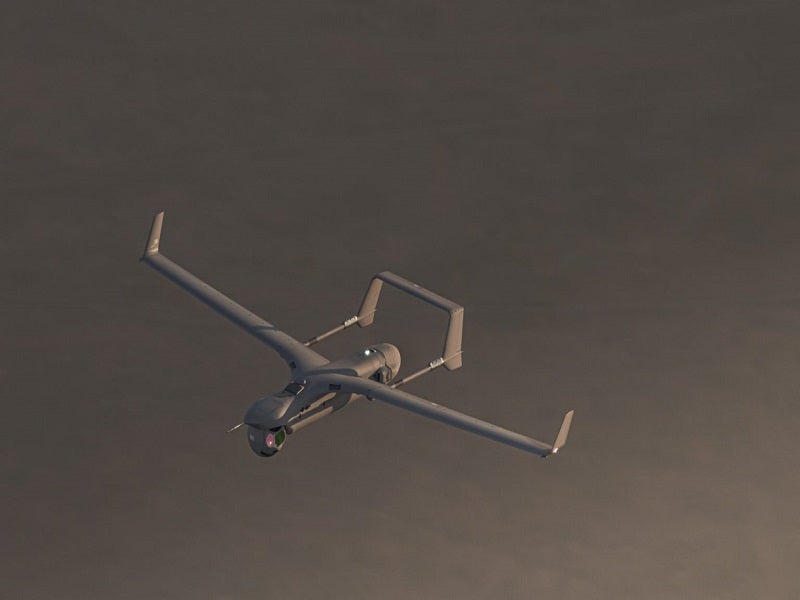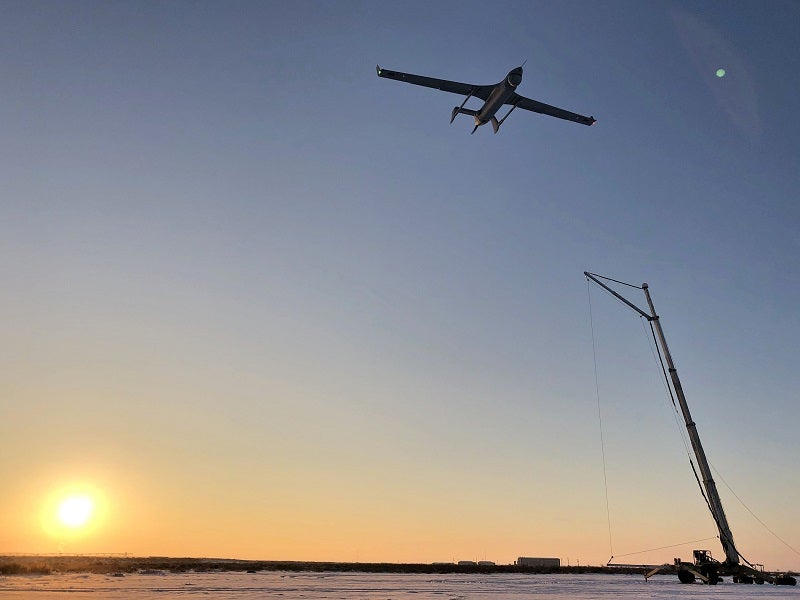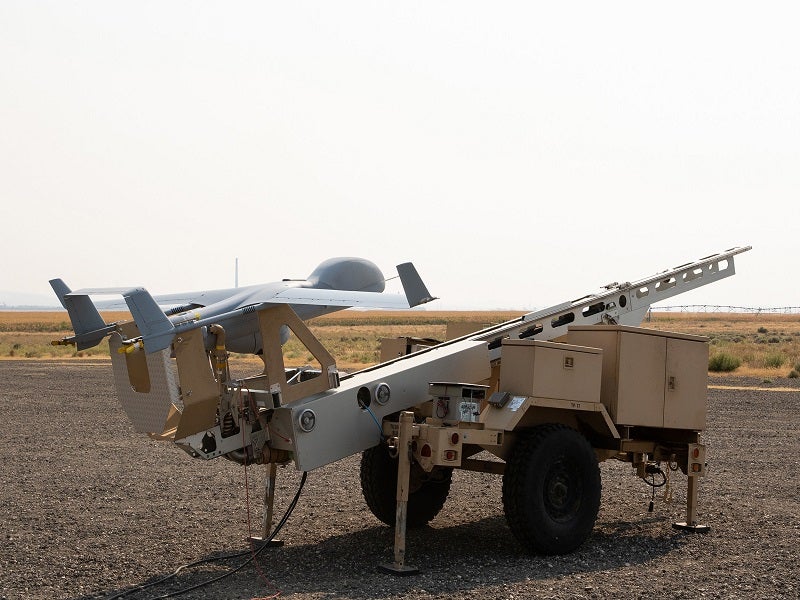Integrator is an expeditionary unmanned aerial system (UAS) manufactured by Boeing’s subsidiary, Insitu.
Integrator and its variants are proven unmanned aerial vehicle (UAV) platforms designed for tactical missions in the harshest environments.
The UAV with multi-domain functionalities can be deployed for round-the-clock intelligence, surveillance, reconnaissance (ISR) missions by the land and sea forces.
Integrator was developed using the tested technology of Insitu’s ScanEagle UAS, in response to the growing needs of military customers.
In October 2021, Insitu formed a partnership with UBIQ Aerospace to optimise Integrator to operate in extreme cold conditions experienced in the Arctic and High North.
Insitu’s UAV platforms, including Integrator and ScanEagle, have clocked more than 1.3 million flight hours worldwide.
Integrator UAS design and features
Integrator is a flexible and modular UAV platform with an open architecture. It can operate from austere land-based sites and maritime areas without the need for a runway.
Being designed as a NATO-compliant platform, it enables interoperability across joint, coalition and allied forces.
The UAV has a length of 2.5m, a wingspan of 4.9m, and a maximum take-off weight of 74.8kg.
High endurance and long range allow the drone to perform continuous detection, classification, and tracking of targets.
Payload
The multi-mission drone features a payload-centric design and can be configured with different payload options to support electronic warfare, communications relay or ISR missions.
The drone follows Ethernet (TCP/IP) protocol for onboard connectivity. It has six payload spaces with a total capacity of up to 18kg. It provides an onboard power of 350W for payload operation.
Sensors and communications
The UAV carries a high-zoom day full motion video (FMV) electro-optical (EO) telescope, as well as a day and night FMV mid-wave infrared (MWIR)/EO dual sensor.
The sensor suite also includes a visual detection and ranging (ViDAR) radar to search small objects on the sea surface, a laser designator, a pointer, and a rangefinder.
Integrator is integrated with an encrypted line-of-sight datalink to relay the data to the control station. The datalink enables a communication range of 50nm.
The drone is built with electromagnetic shielding to support and protect customised communications and radio frequency sensor payloads from interference.
Transportability
Integrator can be transported by ship, cargo aircraft such as C-130 and A400, and cargo helicopters such as CH-47 and CH-53. It can also be carried to the area of operation using vehicles such as high-mobility multi-purpose wheeled vehicles (HMMWVs) or joint light tactical vehicles (JLTVs).
Engine and performance
The engine that powers the UAS is equipped with electronic fuel injection technology and burns JP-5 and JP-8 fuel types.
The unmanned platform has an altitude ceiling of more than 5,944m and can perform missions for more than 24 hours.
It can achieve a maximum horizontal speed of more than 90kt and a cruise speed of 55kt.
Integrator UAV variants
Integrator Extended Range (ER) is an advanced version of the Integrator UAS. Equipped with satellite-enabled beyond line-of-sight (BLOS) communications mission kit, it provides a range of up to nine times more than that of standard tactical line-of-sight UAVs.
The ER variant is integrated with a more secure datalink for data transmission in austere conditions. It can achieve a range between 200nm and 300nm. It has a maximum endurance of more than 19 hours while operating at a mission range of 200nm, and 14 hours while operating at a range of 300nm.
The variant can attain a maximum horizontal speed of more than 90kt.
The RQ-21A Blackjack, another variant of Integrator, was developed under a programme of record for the US Navy and US Marine Corps. It achieved full rate production in October 2016.
Orders and deliveries
The Australian government awarded a contract to Insitu Pacific, the Australia-based subsidiary of Insitu, to supply 24 Integrator UAVs to the Australian Army in March 2022.
The A$307m ($225m) contract was awarded as part of the LAND 129 Phase 3 project to replace and enhance the Australian Army’s existing Shadow 200 tactical unmanned aerial system (TUAS).
The contractual scope includes the delivery of 24 Integrator UAVs, as well as related ground equipment and integration services. Expected to be delivered between 2023 and 2024, the new UAVs will be used for ISR missions and to acquire targets for weapons systems across the Australian Defence Force (ADF).
The contract is expected to support 130 new and existing jobs in Brisbane and other parts of Australia.
Insitu previously received a contract from the Netherlands Ministry of Defence (MoD) to deliver three Integrator systems in 2017, to replace the ScanEagle systems used by the Dutch forces.
The company, in partnership with GKN Aerospace and TNO, also developed a distinctive multi-function imaging radar system for Integrator in October 2021.
The radar system is based on Affordable Multi-BEam Radar (AMBER) technology developed by the Netherlands Organization for Applied Scientific Research (TNO). It integrates several ISR functions, including zoom synthetic aperture radar (ZSAR), ground moving target indication (GMTI) and maritime capabilities, into the multi-mission radar intelligence surveillance reconnaissance system (M-RaISR).
The system will be potentially integrated into the Integrator platforms procured by the Netherlands MoD.






